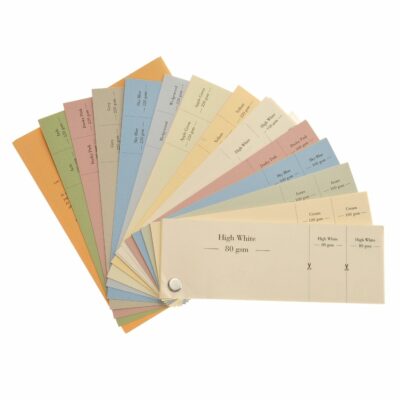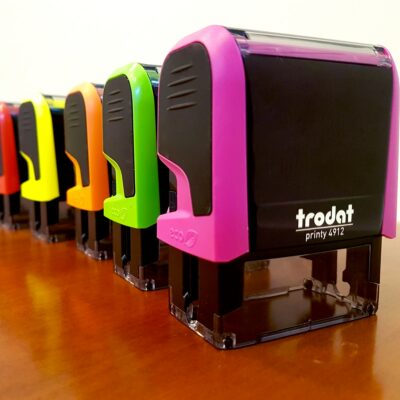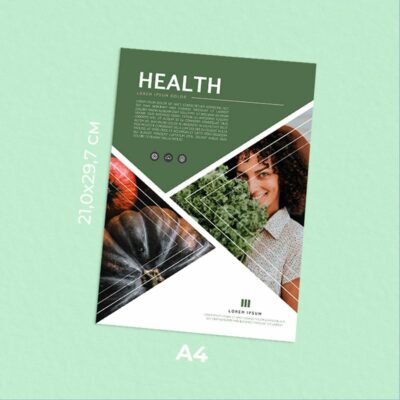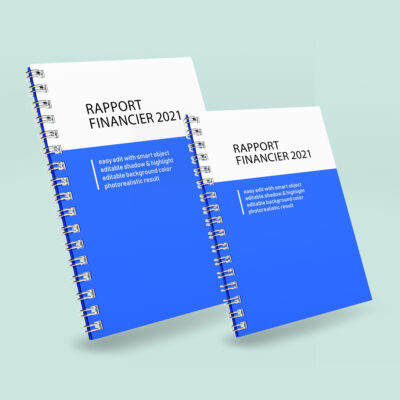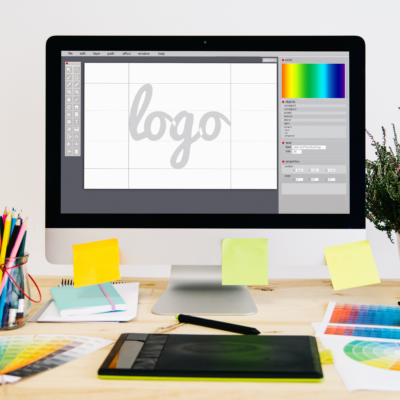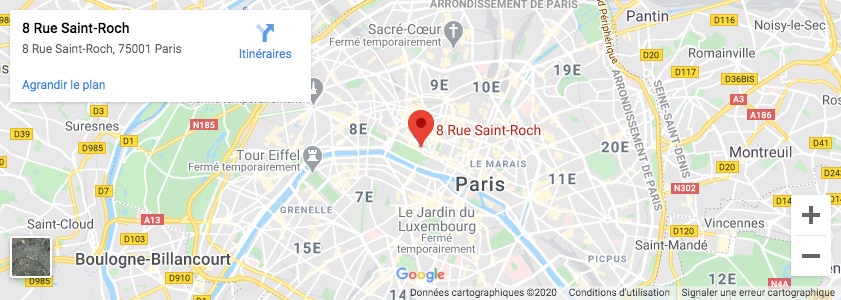- Call us 01 42 61 00 33
Monday to Friday 9:00 - 18:00 IMMEDIATE
CUSTOMISED QUOTERETRAIT EXPRESS
& LIVRAISON J+1-
-
- All
products - Cards
- Brochure
Files - Advertising
- Printing
- Office automation
- Adhesives
- Signage
- Themes
- Printing
Express in 4H
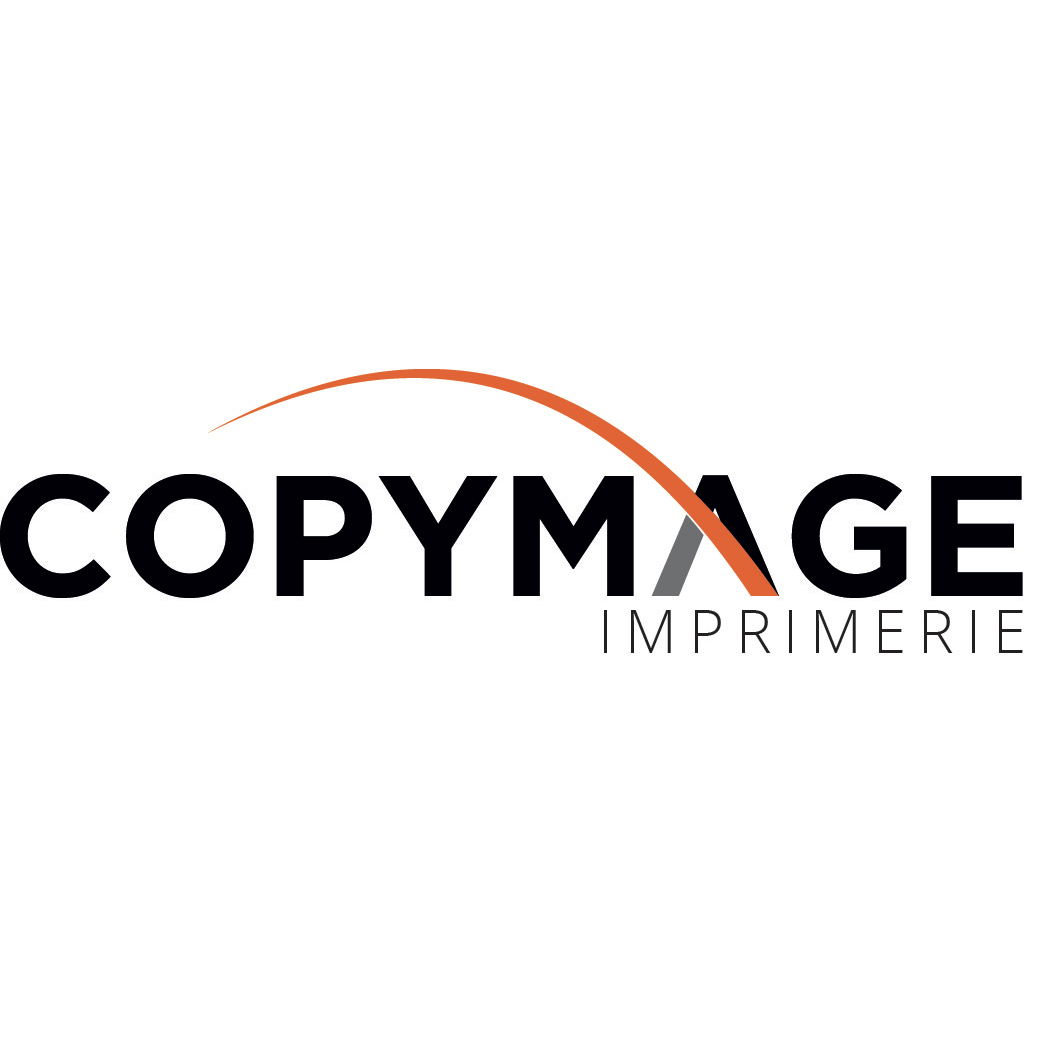
Tips & tricks from your printer
The different weights of paper for brochures
There are many factors to consider when creating a brochure, and one of the most important is the weight of the brochure paper. This is because the weight of the paper you use affects the overall look and feel of your brochure in the hands of the reader, but also the printing and distribution conditions of your media. Here is a quick guide to the different types of brochure paper weights available from COPYMAGE.
What is the weight?
The grammage is actually the weight of the paper, and to understand how it is calculated, you must first know how the paper is made.
Paper, regardless of type or weight, is made from wood pulp, which is a type of cellulose. To make wood pulp, the cellulose is broken down into small pieces and mixed with water. The wood pulp is then passed through a machine that presses it into thin sheets.
Once the sheets are pressed, they are dried and cut to the desired size. The weight of a sheet of paper, expressed in grams per square meter, depends on its size and thickness: this is the grammage.
For example, a standard sheet of printer paper measures 21 x 29.7 cm and weighs 90 grams per square meter. However, the weight of a sheet of paper can vary depending on the type of paper: card stock is much thicker and heavier than standard printer paper, so it can weigh 400 g/m2 or more.
Paper weights for brochures
There areseveral types of paper you can choose from when printing your brochure or any other paper medium. The weight of the brochure paper will affect the overall look of the communication medium, so it is important to choose it carefully.
Here is a quick guide to the different types of paper weights for brochures that we offer at COPYMAGE:
- 80g/m2 paper: light and economical, this type of paper is generally used for small brochures or those to be sent by mail. It is thin and easy to fold, and is therefore perfectly suited to the constraints of a large-scale distribution campaign since it limits the weight of your brochure and thus the postage costs.
- 100g or 135g/m2 paper: with a medium weight, this type of paper is a good choice for larger brochures. It is thicker than 80g paper and offers a better grip. It is also quite inexpensive.
- 170 g/m2 paper: thicker, this type of paper is heavier and more durable. It is generally used to design the cover of the brochure, to stiffen the whole document while protecting the inside pages.
- 300 g/m2 paper: similar to cardboard, this type of paper is the thickest but also the most resistant. It is often used for menus, postcards and other thick documents that need to be handled often.
Now that you know the different types of brochure paper weights, you can choose the right one for your project. Keep in mind that the paper weight you choose will affect the final look of your brochure, as well as the cost of printing and distribution.
What criteria should you use to choose?
By now you've figured it out: when it comes to choosing the paper weight for your brochure, there are a few things to consider. Here are a few criteria to base your decision on when ordering:
- The type of campaign: the weight of the paper you choose should be appropriate for the project you are working on. A thinner, more economical paper is more suitable for printing advertising brochures to be distributed in large quantities, while a thicker, more premium paper will be more suitable for printing materials that will be kept for a long time by your partners or customers and will be handled many times.
- Thepurpose of the project: The weight of the paper you choose should also be tailored to the purpose of the project. Thinner paper is better suited for a document that will be mailed, as it will limit shipping costs, while thicker paper is better suited for a document that will be displayed on your counter, for example, or delivered by hand.
- Budget: the paper weight of your brochure has a direct impact on your budget, as thin paper is much more economical than thicker paper, so if you are working on a tight budget, thinner paper may be the best choice.
- Appearance: your choice of paper should also be adapted to the final look you want to achieve. Indeed, a standard thin paper will have a more classic look, while a thicker paper will have a more upscale look.
Once you've considered all of these factors, you'll be able to narrow down your choices and select the best paper weight for your brochure before you go to print.
Are you hesitating between two types of paper, and can't make your choice? Do not hesitate to contact our team: we will be happy to discuss your project with you and guide you towards the best paper weight for your brochure.
Our rates
The best prices on the market
The quality
We are demanding and attentive to your satisfaction
Our deadlines
Tight deadlines thanks to our continuous production system
Imprim'vert label
We are careful about our footprint and waste management. We have obtained the Imprim'vert label.
Help & Advice
Our experts are here to help you.
HELP & ADVICE
Our experts are here to help you. Do not hesitate to contact them.
Adresse
8 rue Saint Roch 75001 Paris
Metro
Line 1 Tuileries
Line 14: Pyramides Line 14 : Pyramids
Bus
Lines: 21, 27, 68, 72, 81










